 Narrowsburg
NarrowsburgLight Rain Fog/Mist, 43°
Wind: 8.1 mph
 Narrowsburg
NarrowsburgMost of us would recognize the fuzzy black-and-brown-banded woolly bear caterpillar or the distinctive monarch caterpillar and its striking bands of yellow, black and white. But there are many …
Stay informed about your community and support local independent journalism.
Subscribe to The River Reporter today. click here
This item is available in full to subscribers.
Please log in to continue |
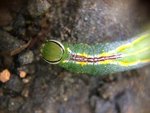
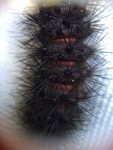
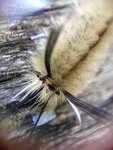
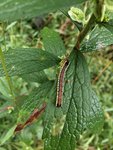
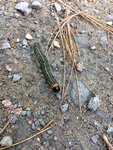
Most of us would recognize the fuzzy black-and-brown-banded woolly bear caterpillar or the distinctive monarch caterpillar and its striking bands of yellow, black and white. But there are many caterpillars we might encounter in the Upper Delaware River region that are more challenging to identify.
Likewise, we are most familiar with the final stage of metamorphosis that drives the life cycle of butterflies and moths. The process comprises four stages, beginning with eggs that advance to become caterpillars (or larva), followed by the resting stage known as the pupa (or chrysalis) and concluding with the adult emergence of the flighted insects.
After hatching from its egg, a caterpillar begins feeding, growing and molting repeatedly. The stages between molts are called instars. If the caterpillar reaches its final instar and survives predators and disease, the mature larva will pupate, during which it transforms into an adult. This state can be characterized by cocoons, chrysalises, or hardened protective cases hidden in leaf litter or attached to branches or grasses.
The photos depicted here represent several species of caterpillars whose habitat we share.
Comments
No comments on this item Please log in to comment by clicking here